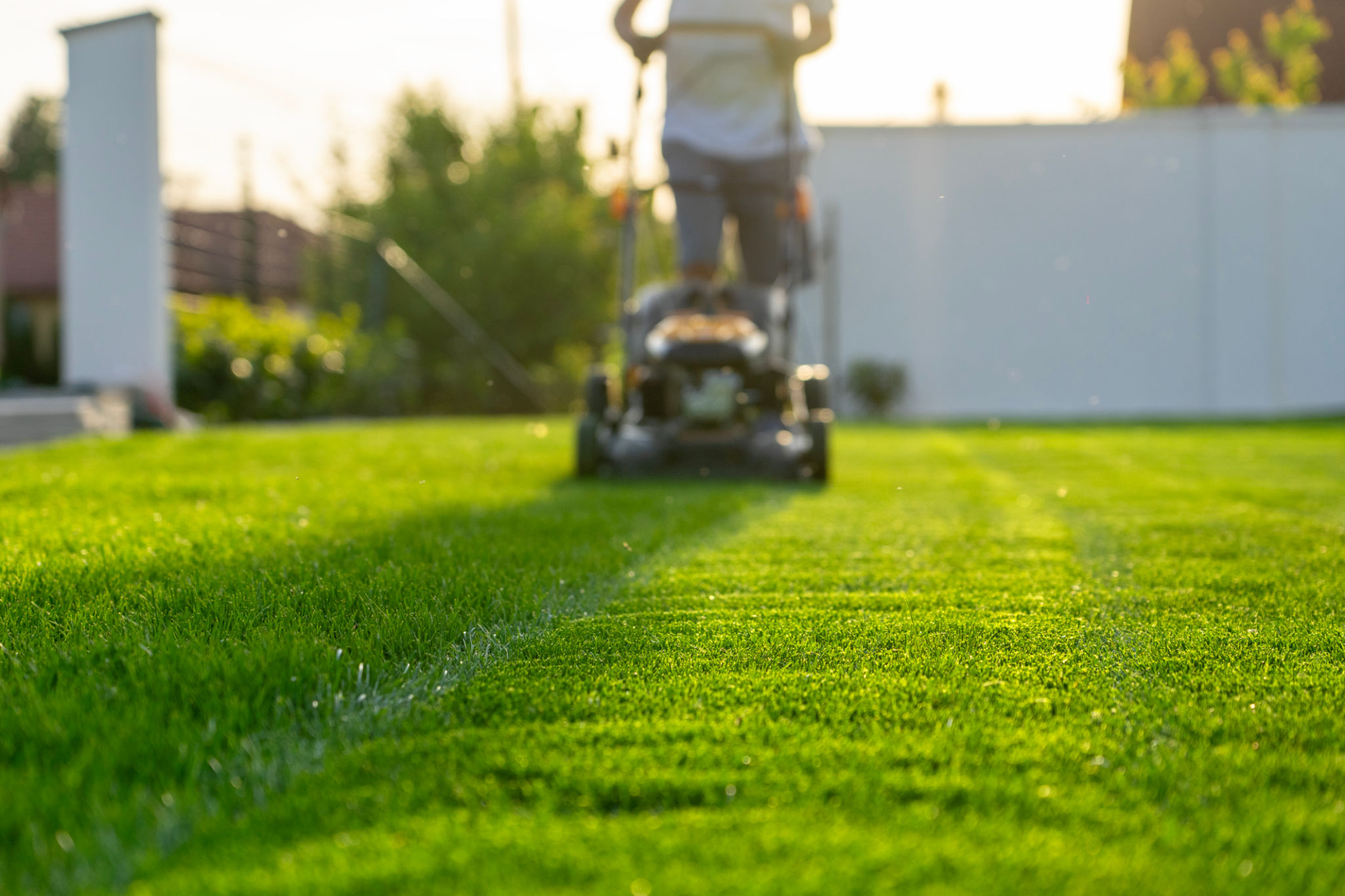DIY Tips for Effective Spring Yard Cleanup: What You Can Do Yourself
Assess Your Yard's Needs
As the snow melts away and the first signs of spring emerge, it's time to assess your yard's needs. Start by taking a stroll around your property, making notes of areas that require attention. Look for debris such as fallen branches, leaves, and any damage caused by winter weather. This initial assessment will help you prioritize tasks and ensure a more efficient cleanup process.

Make a checklist of what needs to be done, from basic tidying to more intensive projects like reseeding the lawn or repairing fences. Having a clear plan will prevent you from feeling overwhelmed and keep you focused on what's most important for your yard's revival.
Clear Debris and Leaves
Winter can leave behind a significant amount of debris and fallen leaves. Begin by raking leaves and collecting twigs and branches scattered across your lawn. This not only improves the appearance of your yard but also prevents mold growth and allows grass to breathe.
Consider using a leaf blower for larger areas to speed up the process. Once gathered, organic debris can be composted, providing valuable nutrients for your garden later on. For non-compostable items, make sure to dispose of them responsibly.

Pruning and Trimming
Spring is an ideal time to prune trees and shrubs, encouraging healthy growth. Remove any dead or diseased branches, which can inhibit new growth and pose safety hazards. For flowering shrubs, prune them after they bloom to maintain their shape without sacrificing flowers.
Trimming hedges and bushes not only keeps them looking neat but also helps them grow more robustly. Use sharp pruning shears to make clean cuts, minimizing damage to plants.
Lawn Care Essentials
Your lawn may have taken a beating during the colder months, but with some care, it can quickly bounce back. Start by aerating the soil to improve water and nutrient absorption. Aeration involves perforating the soil with small holes to allow air, water, and nutrients to penetrate the grass roots.

Once aerated, apply a layer of fertilizer suitable for spring application. Fertilizing helps replenish essential nutrients that may have been depleted over winter. Also, consider overseeding thin or bare patches to promote a lush, green lawn.
Mulching for Plant Health
Mulching is an effective way to retain soil moisture, suppress weeds, and enhance the visual appeal of flower beds and garden areas. Apply a fresh layer of mulch around trees, shrubs, and flower beds to ensure optimal conditions for plant growth.
Choose organic mulch materials such as wood chips, bark, or straw for added nutrients as they decompose. Be careful not to pile mulch too high against plant stems, as this can lead to rot.
Inspect Hardscapes
Spring cleanup isn't just about plants; hardscapes like patios, walkways, and fences also need attention. Inspect these areas for any damage or wear caused by winter weather. Repair or replace broken pavers, stones, or boards to maintain safety and aesthetic appeal.

Consider power washing surfaces to remove dirt, grime, and moss buildup. Regular maintenance of hardscapes extends their lifespan and keeps your outdoor spaces inviting throughout the year.
By following these DIY tips for effective spring yard cleanup, you can transform your outdoor space into a vibrant and welcoming environment. With a little effort and attention to detail, you'll be ready to enjoy the beauty of spring in no time.